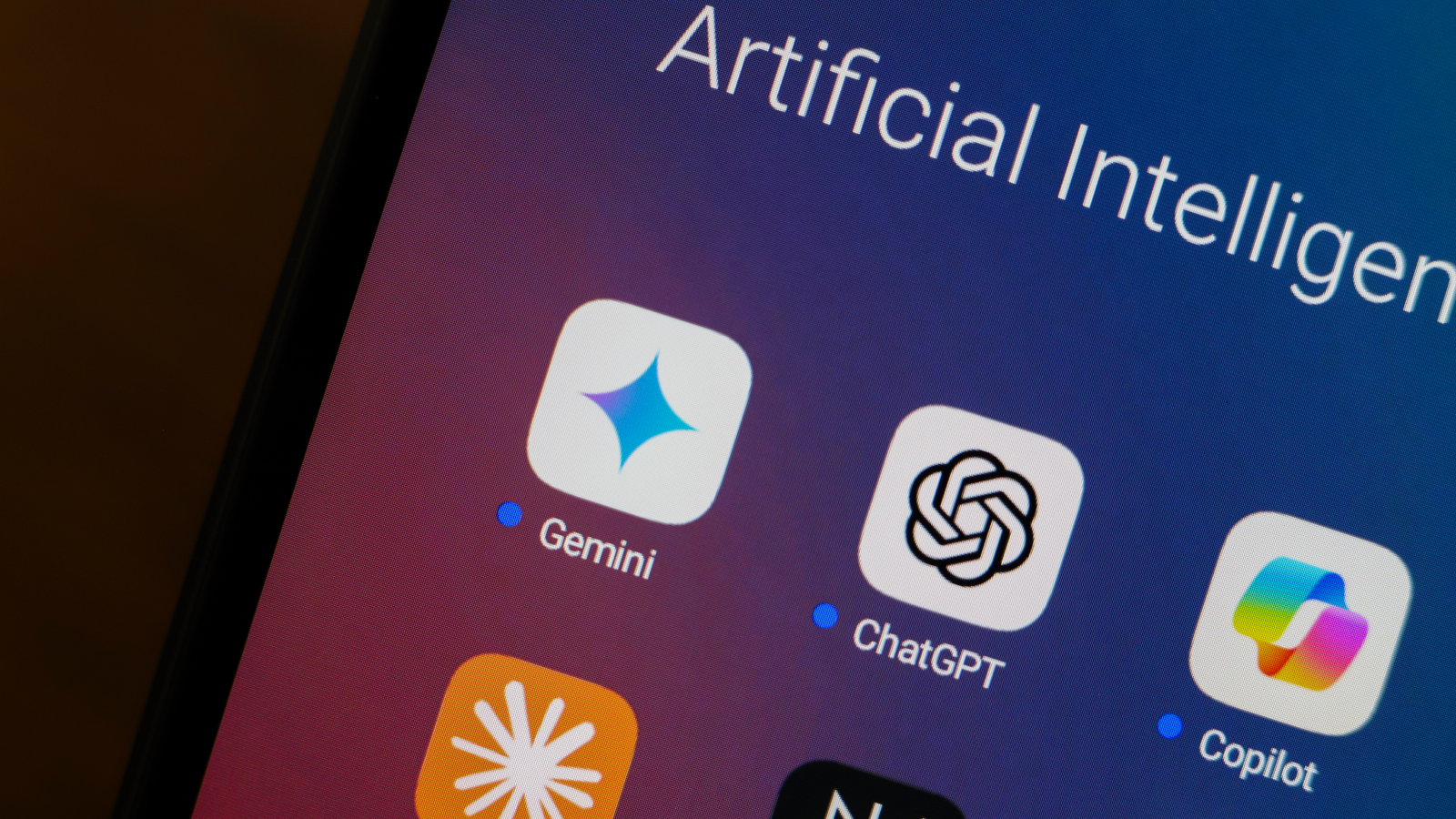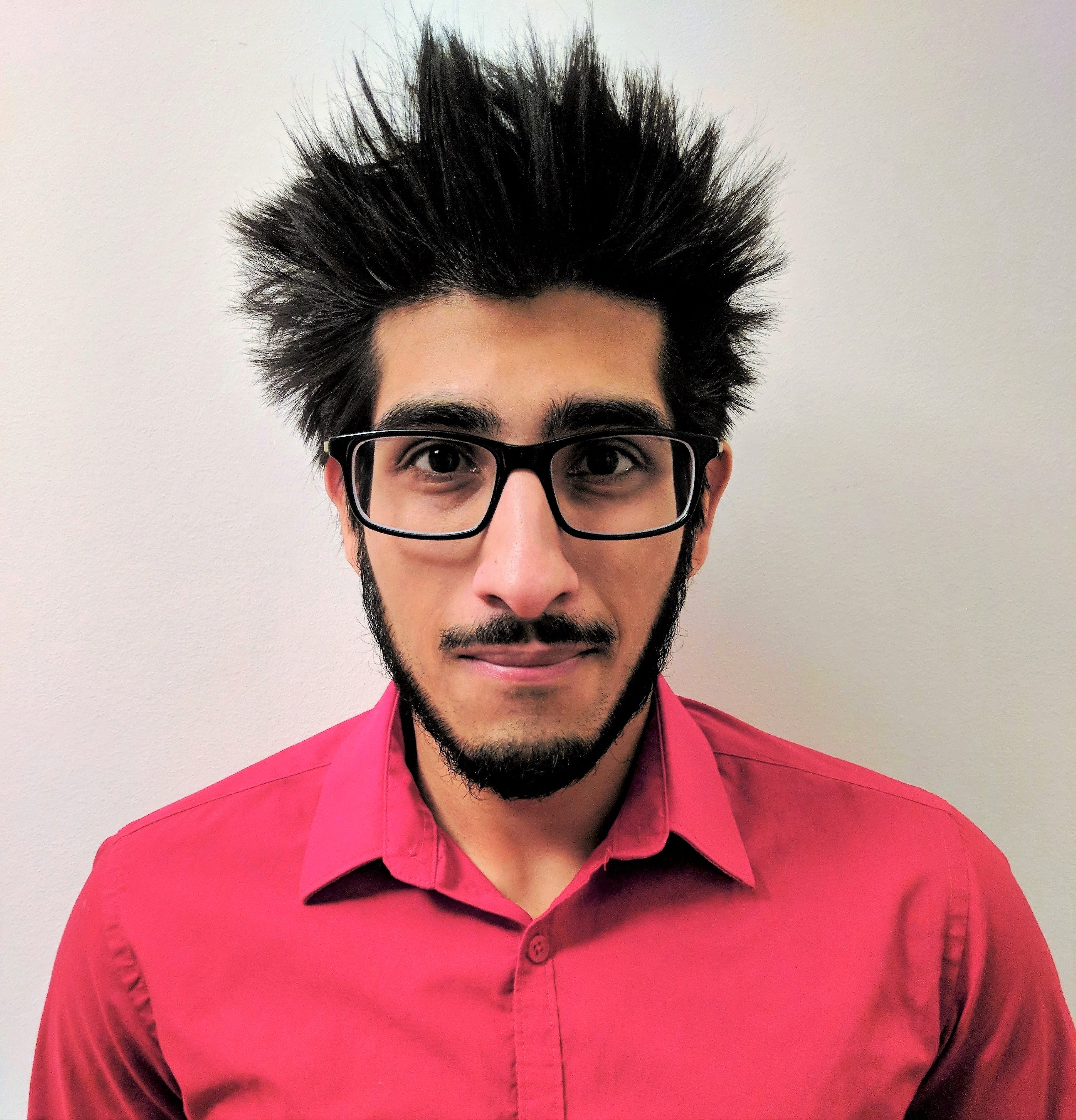Large language models can be squeezed onto your phone — rather than needing 1000s of servers to run — after breakthrough
Running massive AI models locally on smartphones or laptops may be possible after a new compression algorithm trims down their size — meaning your data never leaves your device. The catch is that it might drain your battery in an hour.

Powerful artificial intelligence (AI) models like ChatGPT need copious amounts of power to run so they are usually housed in vast data centers. But a new breakthrough could compress these AI models so they fit onto a smartphone or laptop.
A new algorithm, dubbed Calibration Aware Low precision Decomposition with Low Rank Adaptation (CALDERA), compresses the massive amounts of data needed to run a large language model (LLM) by trimming redundancies in the code and reducing the precision of its layers of information.
This leaner LLM performs with accuracy and nuance at slightly lower levels than the uncompressed version, scientists said in a study published May 24 to the preprint database arXiv, ahead of a presentation at the Conference on Neural Information Processing Systems (NeurIPS) in December.
"Any time you can reduce the computational complexity, storage and bandwidth requirements of using AI models, you can enable AI on devices and systems that otherwise couldn't handle such compute- and memory-intensive tasks," study co-author Andrea Goldsmith, professor of electrical and computer engineering at Princeton University, said in a statement.
Whenever someone uses ChatGPT (to take one popular example) on their phone or laptop, any request made is sent to huge, remote servers, where the data is processed at a great environmental and financial cost, the scientists said in the study. This is because AI models of this size consume large amounts of processing power as they tap into hundreds, if not thousands, of components such as graphics processing units (GPUs). Therefore, to perform these requests using the single GPU on a small device, the size and scope of the AI model must be compressed.
To compress an LLM, CALDERA combines two techniques. The first technique is "low-precision," which reduces the number of bits (1s and 0s of data) used to store information, which speeds up storage and processing while improving energy efficiency, the scientists said. The second, called "low-rank," refers to reducing redundancies in the learnable parameters used in training LLMs.
Sign up for the Live Science daily newsletter now
Get the world’s most fascinating discoveries delivered straight to your inbox.
"We proposed a generic algorithm for compressing large data sets or large matrices. And then we realized that nowadays, it's not just the data sets that are large, but the models being deployed are also getting large. So, we could also use our algorithm to compress these models," study co-author Rajarshi Saha, a doctoral student at Stanford University, said in the statement. "Using both of these properties together, we are able to get much more compression than either of these techniques can achieve individually."
The team tested the algorithm on Meta's open-source Llama 2 and Llama 3 models and registered an improvement of up to 5% against existing compression algorithms that use just one of the two techniques. The results could pave the way for LLMs to be stored and run on smartphones or laptops in the future, in instances where privacy is paramount and when maximum precision is not necessary.
However, the scientists cautioned that LLMs are not optimized to run efficiently on such devices.
"You won't be happy if you are running an LLM and your phone drains out of charge in an hour. But I wouldn't say that there's one single technique that solves all the problems," Saha said in the statement. "What we propose in this paper is one technique that is used in combination with techniques proposed in prior works. And I think this combination will enable us to use LLMs on mobile devices more efficiently and get more accurate results."

Keumars is the technology editor at Live Science. He has written for a variety of publications including ITPro, The Week Digital, ComputerActive, The Independent, The Observer, Metro and TechRadar Pro. He has worked as a technology journalist for more than five years, having previously held the role of features editor with ITPro. He is an NCTJ-qualified journalist and has a degree in biomedical sciences from Queen Mary, University of London. He's also registered as a foundational chartered manager with the Chartered Management Institute (CMI), having qualified as a Level 3 Team leader with distinction in 2023.









